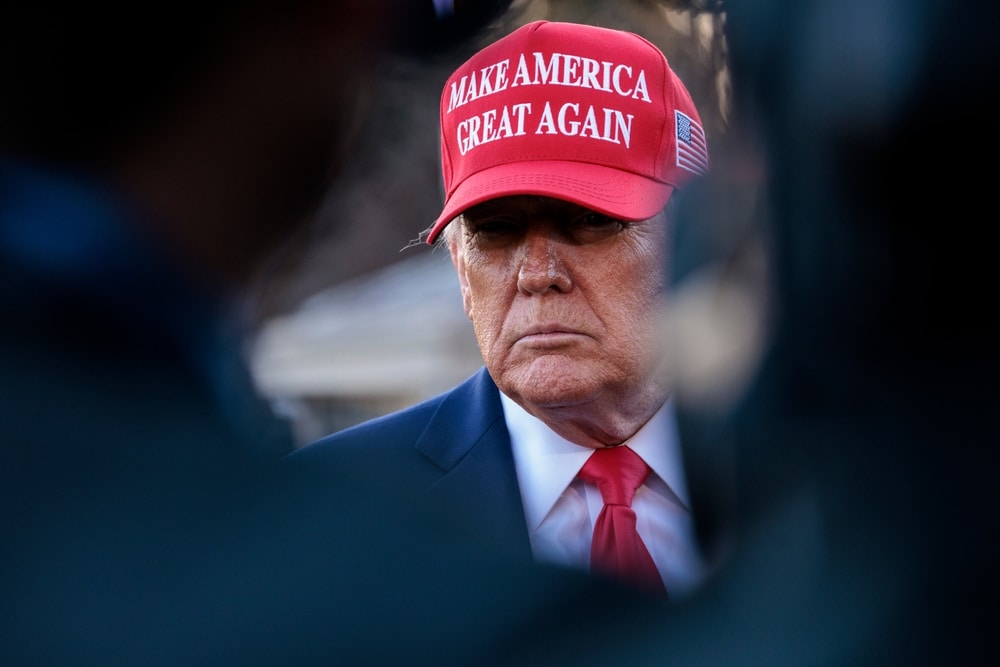The White House announced a dramatic escalation in its trade policy, with tariffs on Chinese imports set to rise to at least 104% effective Wednesday, April 9.
This move, detailed by White House Press Secretary Karoline Leavitt, significantly intensifies the ongoing economic standoff between the United States and China.
According to CNN, President Donald Trump is imposing an additional 84% in levies on all Chinese imports, building on existing tariffs.
This brings the total tariff rate to a minimum of 104%, with some goods facing rates as high as 125% when combined with prior measures from both the Trump and Biden administrations.
CNN notes that this follows China’s refusal to retract its own retaliatory tariffs, set at 34% on U.S. goods, which were slated to take effect at noon on Tuesday.
The White House’s decision comes as part of Trump’s broader “reciprocal” tariffs package, originally planned to increase tariffs by 34%, but now sharply escalated after Beijing’s defiance.
BBC News corroborated this timeline, reporting that the U.S. will enforce these 104% tariffs starting Wednesday night, affecting a vast array of Chinese goods.
The outlet emphasized the scale of the policy shift, noting that when Trump left office after his first term, the average tariff rate on Chinese imports stood at 19.3%, according to the Peterson Institute for International Economics.
The Biden administration later raised this to 20.8%, but the new measures represent a seismic jump, potentially reshaping trade dynamics.
Fox Business added further detail, quoting the White House Press Secretary confirming that the 104% tariffs went into effect as an immediate response to China’s stance.
An additional tariff collection mechanism will begin on April 9, signaling a structured rollout of the policy. The report underscored the White House’s framing of this as a necessary countermeasure to protect American interests, though it did not elaborate on specific economic projections.
The backdrop to this escalation is a tit-for-tat trade war that has intensified in recent months.
CNN reported that China’s Commerce Ministry “firmly opposes” the additional 50% tariffs initially proposed by the U.S., calling it “a mistake upon a mistake” and vowing further retaliation.
This cycle of retaliation has raised alarms about economic fallout. China, the U.S.’s second-largest import source in 2024 with $439 billion in goods, and the U.S., exporting $144 billion to China, now face a trade relationship teetering on the edge of collapse.
Domestic industries on both sides could see layoffs, while American consumers are likely to bear higher costs for goods ranging from smartphones to toys, many of which are still predominantly sourced from China despite previous tariff-driven shifts to countries like Mexico and Vietnam.
Sentiment on X reflects a polarized public response. Some users hail the tariffs as a bold move to “force China to comply,” echoing Trump’s #MAGA rhetoric, while others warn of an impending market crumble and job losses, accusing the administration of risking America’s economic stability. These posts, while not definitive, illustrate the divisive stakes of the policy.









